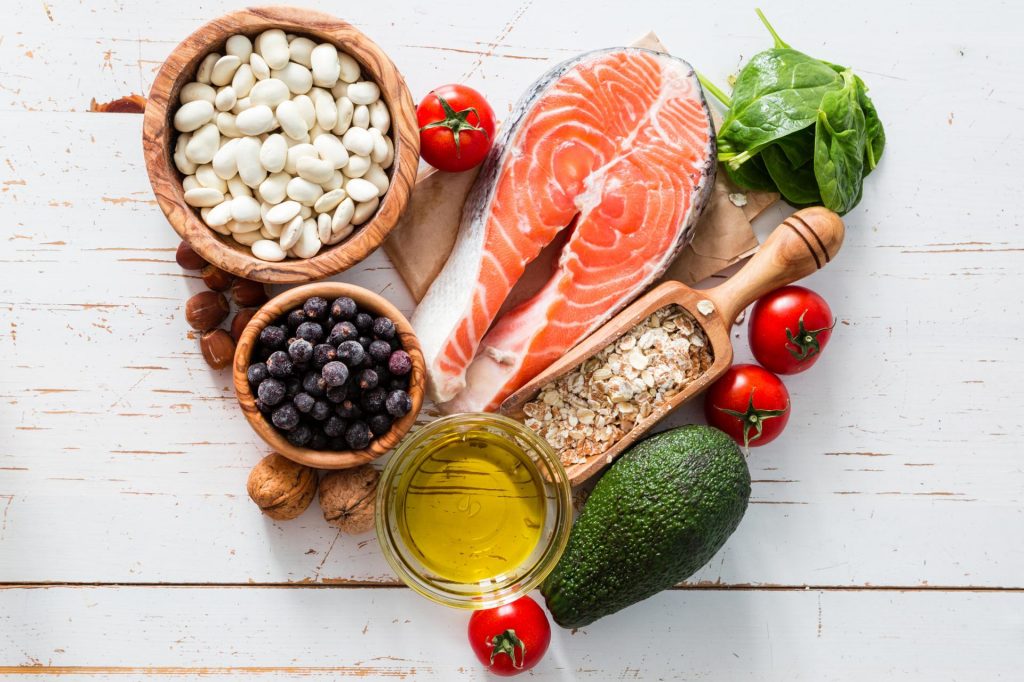Your body does actually need cholesterol, folks, to do its thing, but there is definitely the old “too much of a good thing” adage at play here. There are actually two forms of this waxy substance in your body: HDL and LDL. HDL is good for you and can remove some of the bad cholesterol from your body. That bad cholesterol, LDL, is what to watch out for; it can fill your arteries with plaque and put you at risk for heart disease and vascular troubles.
If you have been told you have high levels of cholesterol, it likely means you do not have enough HDL and too much LDL. Fortunately, you can take some steps to try to lower the bad guys and up the good guys at the same time!
Avoid those trans fats
This is probably advice you’ve heard time and time again because it’s one of the easiest things you can do: read nutritional labels on food. Here, you’ll find one of the worst things for your cholesterol levels: trans fats. Also known as partially hydrogenated vegetable oil, this sneaky ingredient is good for food manufacturers but not your health. It’s common in many processed foods and baked goods with shortening or margarine because it makes products last longer for easier shipping and storage.
Trans fats also increase your bad cholesterol level while lowering your good one, so it’s something to look out for every time you buy or consume a food product. Eliminate as much trans fat from your diet as you possibly can.
Aim for low-fat dairy
You don’t have to give up the foods you enjoy because you want to lower your bad cholesterol. Instead, you simply need to make smarter choices. For dairy, this is an area where going for the healthier alternative isn’t very difficult.
For your yogurt, cheese, cream and milk, stick to low-fat products over the traditional versions. If you’re feeling a little brave, try an alternative such as soy milk, too. You never know what you will like until you try it!
Making changes in your dairy choices is crucial if you want to get a handle on your cholesterol. Unfortunately, full-fat products have cholesterol and saturated fats in them in decent amounts, and you’ll need to avoid these types of fat and cholesterol-laden foods if you want to lower your LDL cholesterol levels.




